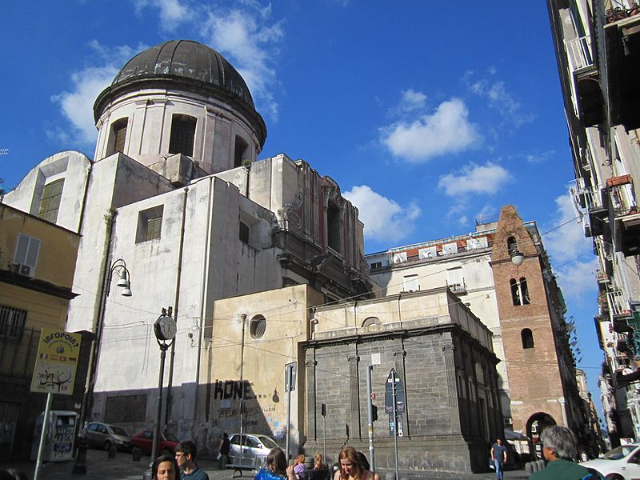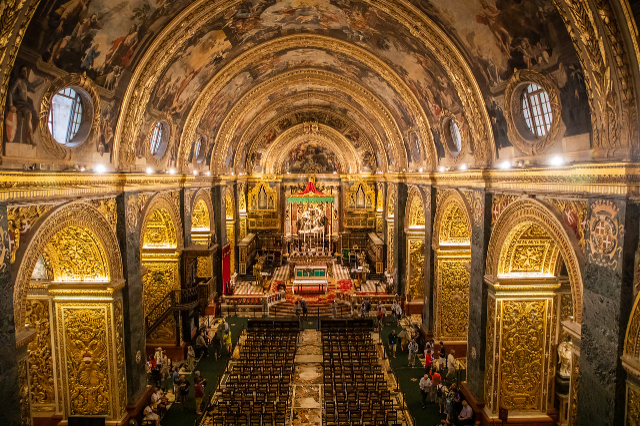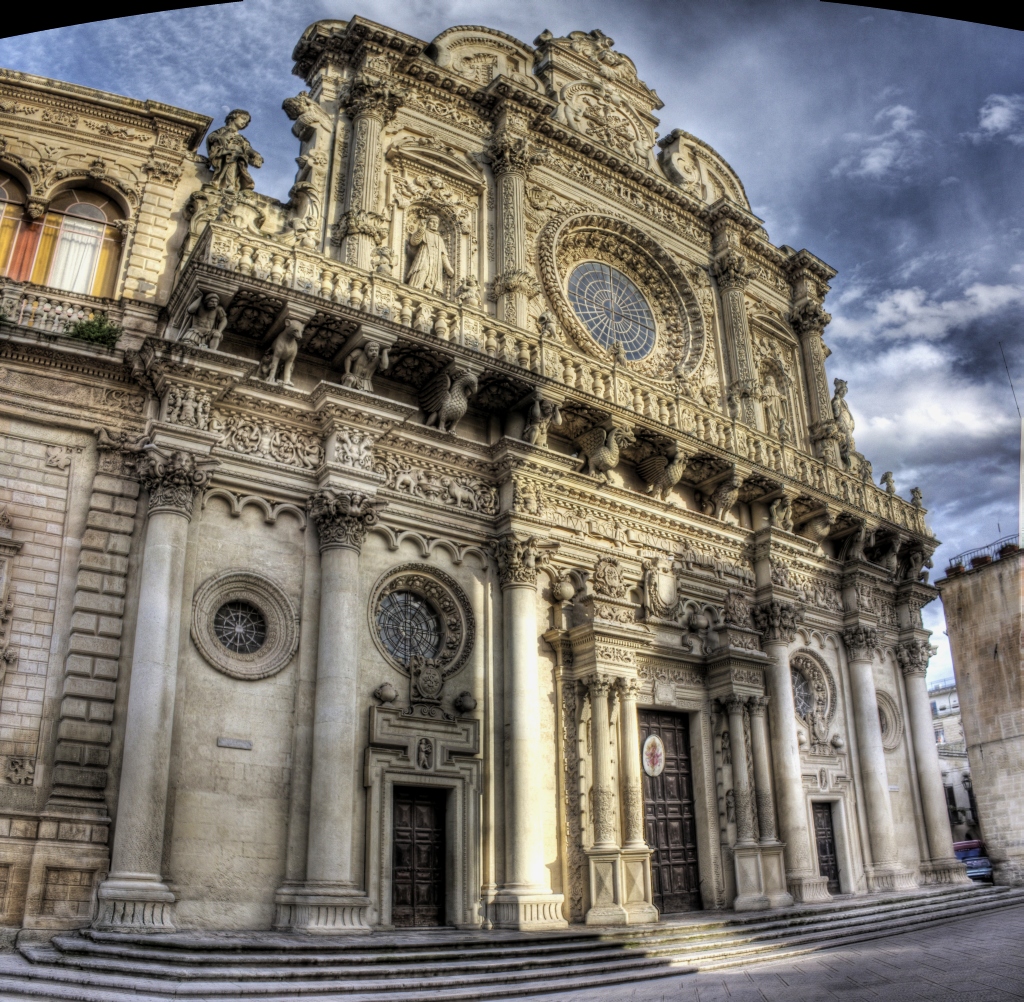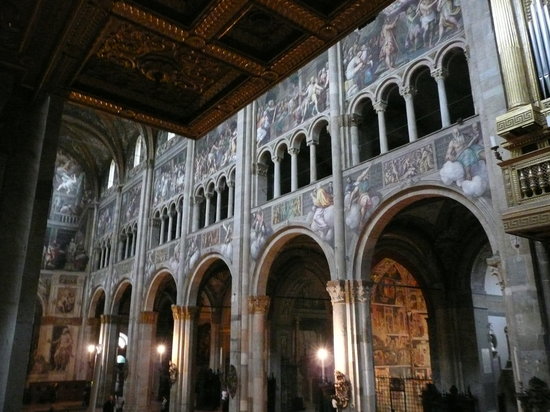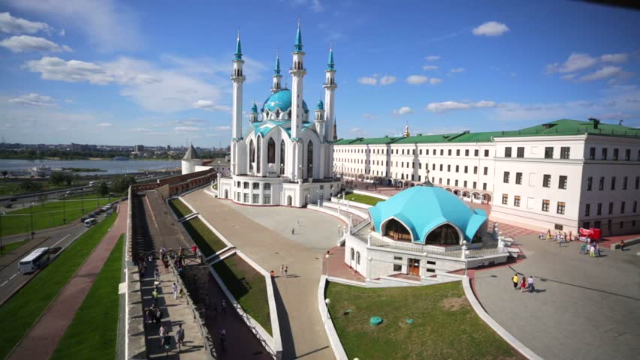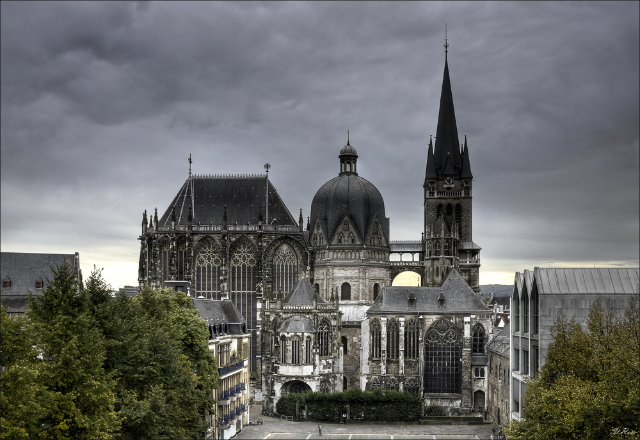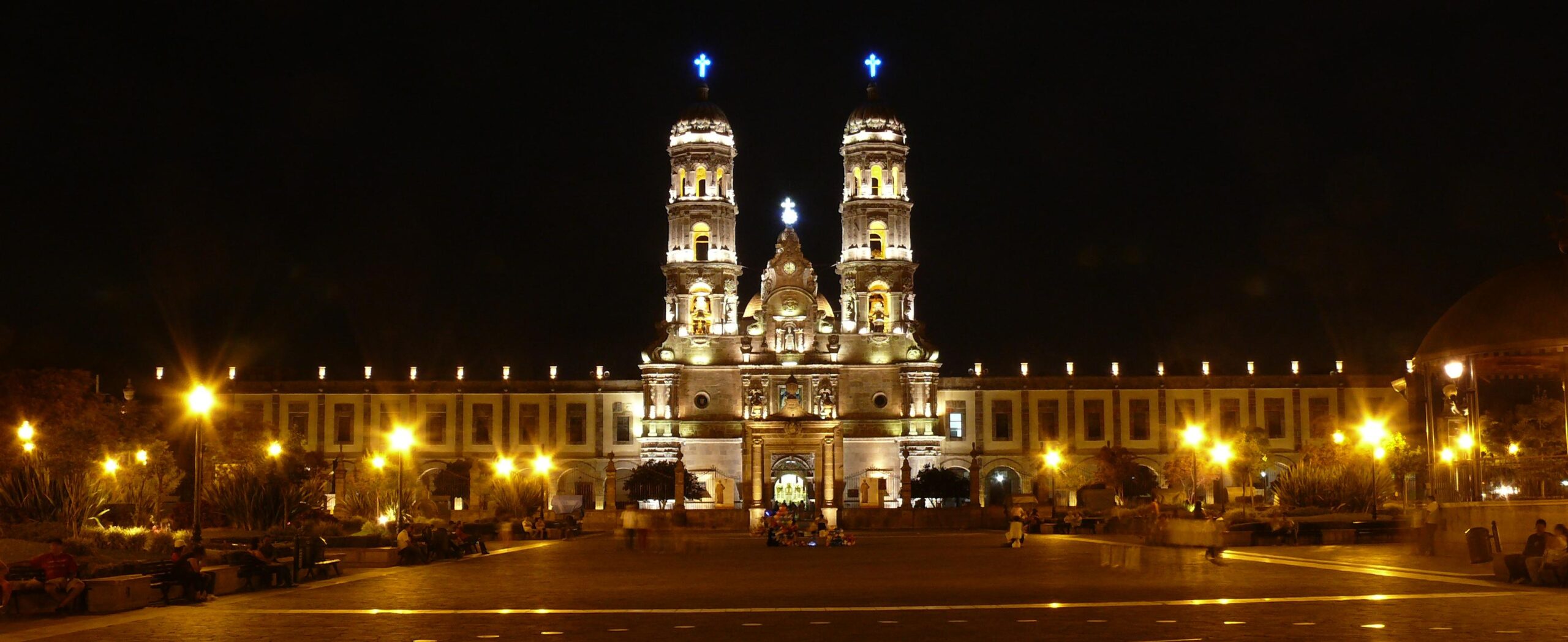In Via dei Tribunali, in the heart of the historic center, lies the complex of Santa Maria Maggiore della Pietrasanta. Among the most interesting from a historical and artistic perspective, it was the city’s first church dedicated to the Virgin Mary.
In the Church of Pietrasanta, one can sense a layering that is not only architectural but also cultural, with an overlap of history, legends, and traditions spanning the past and present of Naples.
History of the Basilica of Pietrasanta The building was erected in the 6th century as a paleochristian basilica on the remains of the temple dedicated to Diana. The current church was built between 1653 and 1678, designed by Cosimo Fanzago, who reconstructed it in the Baroque style.
In 1803, the complex was used as a fire brigade barracks. The bombings of World War II severely damaged the religious structure, and restoration was completed in 1976. The church remained closed for decades; currently, it is open to visitors but serves as an auditorium.
It was named “della Pietrasanta” because inside it, a stone was kept that, when kissed, granted indulgence. Tradition has it that Pope Evaristus was buried there.
The Cult of Diana: Janara in Neapolitan Legends
Where the basilica now stands, the goddess Diana was once venerated. The temple was exclusively accessible to women who invoked the goddess to avoid painful childbirth. Diana was the protector of women, wild animals, hunting, and guardian of virginity. Men had little tolerance for her cult because many women, to avoid unhappy marriages, chose to devote themselves to the Goddess and offer their chastity. The girls who became priestesses were derogatorily called Dianare or Janare (priestesses of Diana). In paleochristian times, all women who turned to the ancient cult of the goddess were accused of witchcraft, branded as servants of the Devil, and banished from the city.
Perhaps from here arises the legend of the Demonic Pig linked to the construction of the Basilica of Pietrasanta. According to this legend, Bishop Pomponio decided to build the church after the Virgin Mary appeared to him in a dream, asking him to create a sanctuary dedicated to her. The Madonna explained that the Basilica would counter the presence of the devil, who, in the form of a pig, appeared every night in the area between Piazza Miraglia and the ancient center, frightening residents with his infernal grunts and trying to insinuate himself into the lives of the faithful.
According to locals, this evil presence was linked to the old remains of the temple of Diana, where some women (considered witches) dedicated to pagan rituals had fueled the Goddess’s desire for revenge, delivering the horrible pig to the city. With the construction of the Basilica of Santa Maria Maggiore della Pietrasanta, this frightening animal disappeared forever, leaving the residents of the area in peace.
Visiting the Basilica of S. Maria Maggiore della Pietrasanta
Currently, the basilical Church of Santa Maria Maggiore della Pietrasanta allows a sort of “journey through time.” In visiting it, one traverses centuries, admiring the different architectural elements that have overlapped in over a thousand years of history. From the bell tower, the city’s oldest, passing by the Pontano Chapel, from the Renaissance period, and in front of the Tempietto del Santissimo Salvatore, nestled between the Chapel and the Church of Pietrasanta, to entering the underground spaces where the crypt is located.
Look at Pietrasanta; you will see a church. Enter inside, and you will see the beauty. Raffaele Iovine – President of the Pietrasanta Cultural Hub ONLUS
The Legend of the Griffin: The Basilica’s Bell Tower
In Piazzetta Pietrasanta stands the brick bell tower of the ancient Basilica, a work of Roman tradition with Byzantine influences. With a square plan on four levels, entirely built in bricks, it contains ancient materials within the wall structure. Personalities like Michelangelo Schipa and Benedetto Croce believed the bell tower was contemporary with the church, but studies by Venditti place its construction in the 9th-10th century.
The position of the bell tower next to the Basilica della Pietrasanta, at the beginning of the Decumanus Maggiore, suggests that it provided access to Neapolis, the ancient city of Naples. Seeing the bell tower, touching it means taking a step back in time because each piece of it is a piece of Naples’ history, a piece of civilization that has traversed a millennia-old story.
The bell tower is surrounded by griffin heads in marble. The Griffin is a mythical creature, known since antiquity, half lion and half eagle, endowed, according to beliefs, with supernatural strength and power and counted among the animals of classical mythology.
The griffin has very precise and delineated characteristics: it is formed from the body, hind legs, and tail of a lion, combined with the head and claws of an eagle, with the latter serving as front legs. The animal represents the conflicting symbol of two natures: human and divine.

